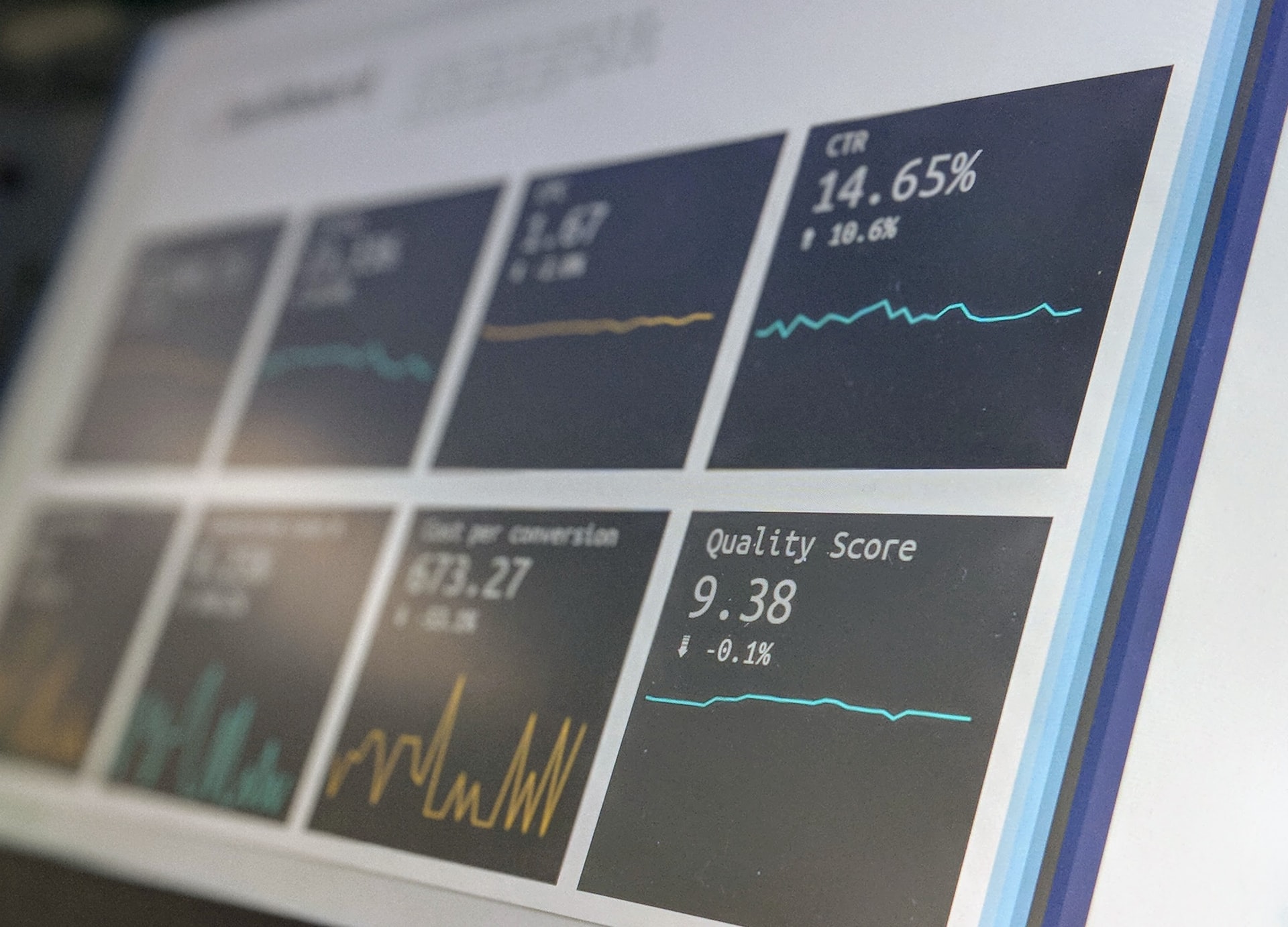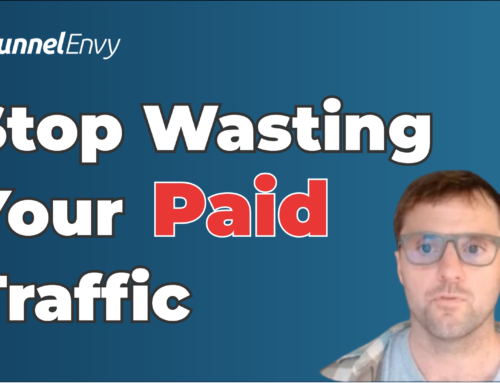For a data-driven marketer that enjoys the challenge of finding patterns and applying them to business initiatives, paid ads are a great avenue to pursue growth. Besides how effectively they generate attention from a wide swath of online audiences – from healthcare professionals to manufacturing executives to business service providers – paid ad campaigns also provide a lot of information. Even when someone doesn’t fully engage with an ad campaign, it gives marketers feedback they can use to improve going forward.
And while this wealth of data generated by an ad campaign can be extremely valuable, it may pose a big challenge for some marketers. How do you know which data elements to give most of your attention? Which numbers really matter, and which might be somewhat deceptive as it relates to your campaign’s current success?
To help sort out your numbers, let’s go over some of the most essential paid ads metrics viewed through the lens of conversion rate optimization, the pursuit of converting more traffic into leads that have taken a specific action within your funnel.
Clickthrough Rate
You can calculate your ad campaign’s clickthrough rate as a percentage by dividing the number of clicks by the number of impressions, or how many times the ad shows up in a feed. Your clickthrough rate might not seem to be the most critical metric, but when paired with other numbers, it can help give you a good sense of where the problems may be in your campaign.
For example, you might compare your ad’s clickthrough rate (CTR) with the conversion rate of your campaign’s landing page. If your CTR is relatively high compared to your ad traffic, but you aren’t getting many conversions, it could be a sign that there’s an issue with the composition of your landing page. Use CTR as an indicator that reveals details about other conversion metrics.
Bounce Rate
A “bounce” is when a user loads only a single page and takes no action before leaving. Understanding your bounce rate is important because it helps tell a story about your ad campaign’s audience calibration. If you have a high bounce rate, it could be a sign that your ad isn’t showing up to the right audience. Your ad’s composition might draw people in, but they leave after it becomes clear the offer isn’t for them.
Another common culprit for high bounce rates is a technical error. This error sometimes comes in the form of a website that isn’t responsive and doesn’t load properly on a user’s device. If you notice a high bounce rate among mobile sessions, it’s probably a sign of some issue with your landing page or another part of your campaign on mobile.
Revenue Per Visitor
Revenue per visitor helps you quantify the portion of your ad campaign’s audience that converts into a paying client. It’s a simple calculation: the total number of visits to a campaign landing page divided by revenue earned from the ad campaign. Revenue per visitor helps you understand your campaign’s efficiency. For example, if your ads aren’t shown to an audience as large as you expected, but you’re still meeting internal projections related to sales and leads, limited traffic probably isn’t an issue.
On the other hand, when revenue per visitor is exceedingly low, it’s a sign that the audience for your ad campaign may not be as well-calibrated as you’d like or that there’s a block elsewhere in the funnel.
Meetings Set
In many of the most common B2B ad campaigns we see clients running, setting a meeting with someone responsible for sales is the typical next step. And while this element of the funnel may not seem directly related to an ad campaign, getting feedback about meetings with leads generated from ad campaigns is an excellent source of business intelligence.
For example, say you’re running a campaign centered on an ebook designed to inform prospects about proprietary business software your company developed. But after a few weeks of meeting with your sales team, they indicate that the lead magnet is giving leads an unrealistic perspective on what your software can accomplish. Now you have a specific diagnosis of how to improve your campaign. This scenario is another great example of why metrics should be shared with all of the company, even if they aren’t directly related to generating or processing them.
Getting feedback about meetings with leads generated from ad campaigns is an excellent source of business intelligence Share on XTime on Page
If visitors to your campaign landing page are spending a lot of time on the site and your conversion rate is where you want it to be, it’s a sign that your offer is compelling and makes people want to take the next step in your funnel. But if visitors have long sessions on your site without converting, it could indicate a problem with your offer, lead form, or whatever the next step in your campaign.
Like bounce rate, the time on page metric could indicate visitors are having trouble engaging with the offer in the desired manner. It may be a technical issue, something as simple as a button or link they can’t click with a mobile phone’s touch screen. Be sure to track this metric throughout the time your ad is up and running so that you can establish a benchmark for this metric to help understand when things are out of the ordinary.
Putting All Your Metrics Together
As you might have realized by now, there’s typically very little to gain from observing individual metrics in a vacuum. To truly make your ad campaign’s data actionable, you need to view it as a cohesive web of related measurements. Impressions are related to conversions, which are related to meetings set, and total revenue. This kind of connected thinking is the only reliable way to optimize your company’s ad campaigns with data.
But high-level success with this approach requires a bidirectional approach to data sharing within the company. Even as it relates to a specific ad campaign, getting information from other parts of your business – like sales and customer service, for example – can help optimize your efforts to get the most out of your ad spend. Not only does this philosophy help you increase the effectiveness of a single campaign, but it also creates an iterative profile of your ideal persona.
At FunnelEnvy, we specialize in helping clients maximize their ad campaigns by helping to unify data across the business. From social media campaign metrics to web analytics and sales, our platform allows you to generate a unified, detailed profile of your ideal customer that you can leverage for all types of marketing efforts in the future. We can also help optimize internal elements of your campaign, including landing pages and lead forms, to ensure that your funnel doesn’t have significant holes in it, causing leads to drop out.
Interested in learning more about our team and how we’ve helped some of the biggest names in the B2B tech space optimize their marketing funnels? Click here to fill out a short questionnaire to help us better understand your needs and determine if we’re a good fit to work together.







